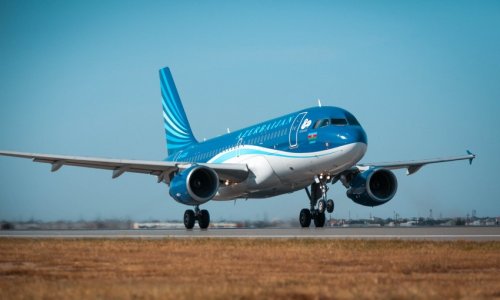It’s not just a superstition – a bird hitting your car windscreen really is an omen of death. No, not for you, but for the poor bird. It’s estimated that at least 80 million birds are killed this way every year in the United States alone. That’s not just distressing and dangerous for drivers. It’s a potentially significant source of fatalities to some rare and endangered bird species, which is why wildlife researchers and conservationists would like to understand more about why they fail to avoid oncoming vehicles.After all, birds are often pretty good at getting out of the way. So when they don’t, is it because some birds are slower than others, or because some other factor clouds their judgment? That’s the question explored by an American team led by Travis DeVault of the National Wildlife Research Center in Sandusky, Ohio.You can’t conduct an experimental study like this without reproducing the phenomenon you’re investigating. That’s why the researchers had to gather their data by driving a Ford pickup truck at speeds of up to 90km/h (56mph) directly at birds in the road. Remarkably, the team were able to avoid any actual impacts with the birds, although there were some near misses.They chose a stretch of road at Plum Brook Station, a remote installation near Sandusky belonging to the Nasa Glenn Research Center. Rest assured the road was closed to traffic for the experiments. The hapless avian participants were turkey vultures, a common scavenger throughout the Americas which are often involved in aircraft collisions as well as road incidents. Turkey vultures feed on carcasses such as road kill, and to create the conditions for a potential collision the researchers placed on the road raccoon carcasses on which the vultures had previously been conditioned to feed.Screen testDeVault and colleagues were primarily interested in studying how vehicle speed influences collision. Naturally, one would expect that the chances of impact are higher when the vehicle is travelling faster, giving birds less time to react. But does their behaviour change only gradually, or more abruptly, as the speed increases?Birds may not have had enough time to evolve some vehicle-specific avoidance mechanisms, but they probably rely on standard manoeuvres geared to avoiding predators – drawing on signals about how fast the threat is approaching and how far away it is.So the researchers measured the birds’ responses for three different approach speeds: 30, 60 and 90 km/h (19, 37 and 56mph, respectively). In particular, they were interested in when the birds began any movement like running or flying away.There are two ways to measure that: how long before collision, and how far away the truck is. An earlier study on rock pigeons found they can tell when to scarper thanks to “looming-sensitive” neurons that can convert the rate of apparent growth in size of an approaching object to an estimate of collision time. But that study considered only approach speeds typical of predators (up to 27km/h, or 17mph), whereas vehicles typically travel much faster.DeVault and colleagues found that, when the truck approached at 30 and 60 km/h, the turkey vultures tended to take off over a fairly well defined range of vehicle distances and times-to-collision. But up the speed to 90 km/h, and it looked as though the birds no longer had much of a clue how to respond, and did so largely at random. Some birds took flight when the truck was almost 300m (985ft) away, for example, while a comparable number left it until a mere 20m (66ft) away, just a few seconds before impact. Their cognitive mechanism for evaluating the danger had, it seemed, broken down.The implication is that, while naturally you’d expect a lower speed limit to reduce the chance of fatal collisions, the danger is disproportionately high when vehicles travel at more than 90 km/h (or rather, at some threshold lying between 60 and 90). No one is expecting that highways all around the world should observe this speed limit for the sake of birds, but it might be especially important in wildlife parks, bird reserves and conservation areas. The question remains of whether the behaviour of the turkey vulture is representative of other birds, let alone other wild animals more generally. But it seems entirely possible that cognitive overload – the “rabbit in the headlights” effect – is a widespread danger to wildlife when a truck is bearing down on them.One happy footnote: future studies should be even less risky for the birds. Rather than continue the live method used for this study, the team has now started to monitor birds’ responses to video playback of approaching vehicles.(BBC)ANN.Az
Why birds can’t avoid hitting your car windscreen
Society
20:15 | 13.02.2014

Why birds can’t avoid hitting your car windscreen
Millions of birds are killed by oncoming vehicles every year. Why can’t they get out of the way? A team has investigated just what clouds their bird brains.
Follow us !










